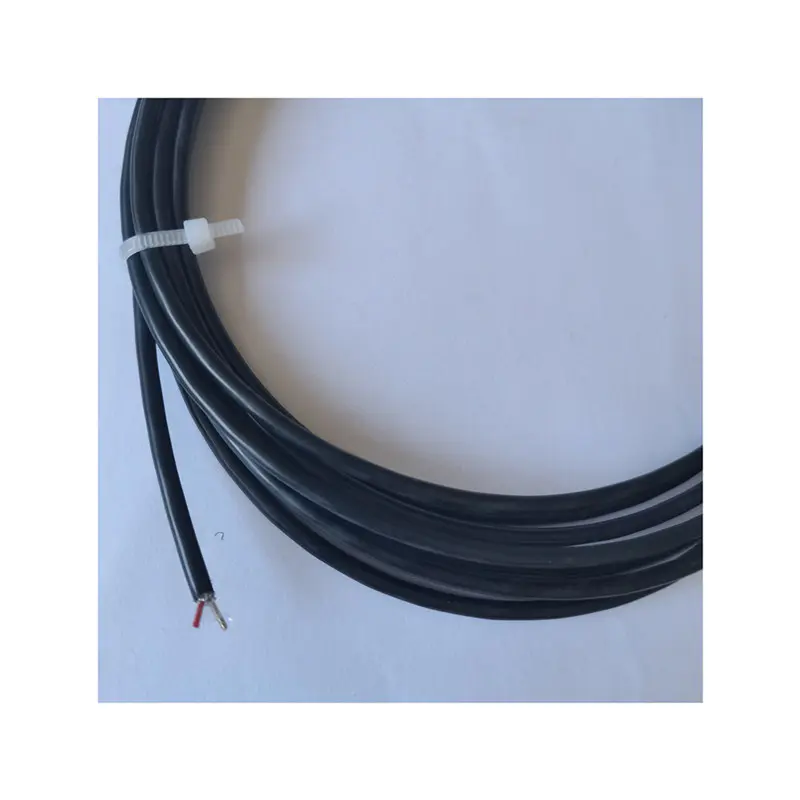Electric motors, especially those used in outdoor or mobile applications, are often exposed to harsh environmental conditions. Moisture, in particular, is a significant threat to the performance and longevity of motors. Water ingress into electrical systems can cause insulation failure, short circuits, corrosion, and ultimately complete motor breakdown. This is especially critical in applications involving BLDC (Brushless DC) hub motors, which are increasingly used in electric bikes, scooters, and light electric vehicles that operate year-round, often in rain, mud, or humid conditions.
Prolonged exposure to moisture can compromise the insulation of wire cables, leading to dangerous failures. In coastal regions or during rainy seasons, electric vehicles with standard cabling are at constant risk. Moisture doesn’t have to be visible to be harmful; even ambient humidity can gradually penetrate cable sheathing and reach the copper conductors. When this happens, oxidation begins, reducing the conductivity of the wire and increasing resistance. The motor has to work harder to compensate, which causes heat buildup, lower efficiency, and faster wear.
In real-world examples, electric scooters with improperly sealed wire connections have exhibited sudden power loss due to shorted circuits. In other cases, rusted terminals and corroded windings inside the motor housing caused extensive damage, requiring full motor replacement.
This brings us to a key solution: the Fluid Blocked Wire Cable.

A Fluid Blocked Wire Cable, also known as a Water Blocked Wire Cable, is specially engineered to prevent moisture from traveling along the cable into sensitive areas of a device or motor. These cables use a combination of techniques to achieve this:
Gel Filling: The space between the insulation and conductor is filled with a water-repellent gel. If the outer sheath is damaged, the gel acts as a barrier, blocking water from moving further down the cable.
Water-Blocking Tapes or Yarns: These materials swell on contact with water, sealing any points of ingress.
Multiple Shielding Layers: Additional insulation layers, often with waterproof materials, provide further protection from external conditions.
This multi-layer approach ensures that even in wet environments, the interior of the cable remains dry. When used in electric motor systems, such as Water Block Cable for BLDC Hub Motor applications, the advantages are clear. It protects the motor from one of the most common causes of failure without requiring constant maintenance or elaborate sealing systems.
On average, fluid-blocked cables cost more than standard wire cables. However, the investment is often justified when considering the potential cost of repairs, downtime, and safety risks.
For example, replacing a damaged hub motor on an electric bike can cost several hundred dollars, not to mention labor and transportation expenses. A single water-related failure could exceed the total cost difference between standard and water-blocked cabling for the entire vehicle.
Additionally, fluid-blocked cables reduce the likelihood of warranty claims and customer dissatisfaction, especially in regions with high humidity or frequent rainfall. For manufacturers, using Water Block Cable for BLDC Hub Motor applications becomes a value-added feature that appeals to quality-conscious buyers.
From a long-term operational standpoint, fluid-blocked cables offer not just protection but peace of mind.
BLDC hub motors, commonly found in electric bicycles, scooters, and even wheelchairs, integrate the motor directly into the wheel hub. This compact design reduces mechanical losses and saves space, but it also increases exposure to external elements, especially water. Traditional cable entry points, if not properly sealed, can act like capillaries—drawing moisture inward via the cables themselves.
By using Water Blocked Wire Cable designed specifically for this environment, engineers and manufacturers can significantly reduce the risk of water ingress. For instance:
In commuter e-bikes that are used daily across all weather conditions, the cable connections between the motor and controller are frequently exposed to rain and road splash.
Electric delivery scooters, which often operate in early morning dew or wet roads, face similar challenges.
Recreational vehicles like off-road e-bikes or mobility scooters used in parks and trails may encounter puddles, river crossings, or damp grass.
In each of these examples, the use of Fluid Blocked Wire Cable ensures that water cannot travel along the cable into the motor casing or controller housing. This enhances the overall reliability and life span of the system.